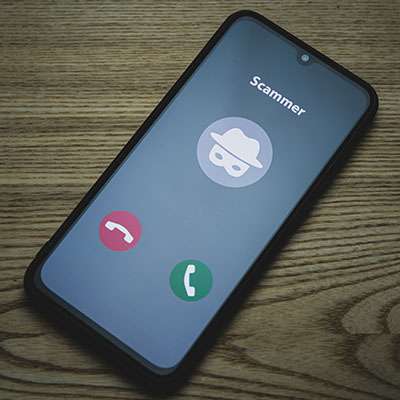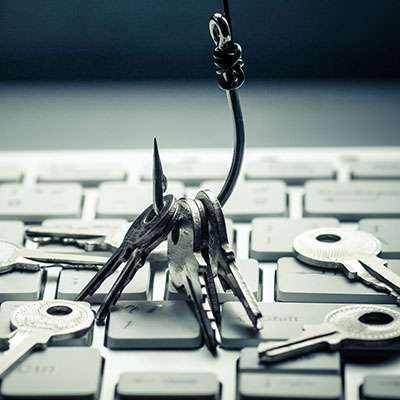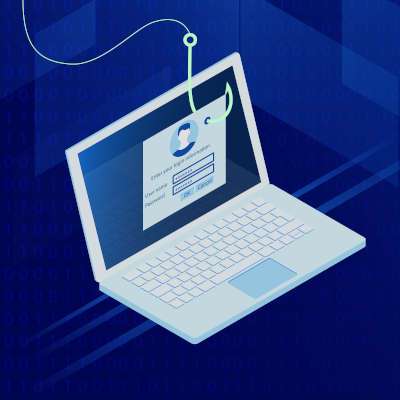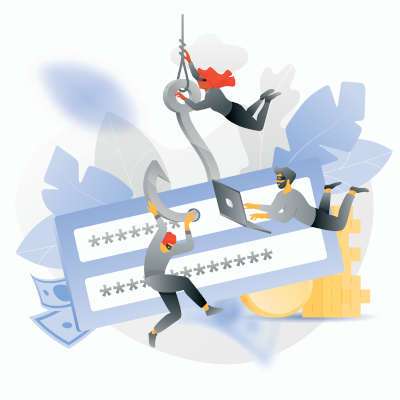Scams are everywhere in our highly digitized world, which makes it especially imperative that everyone is prepared to deal with them—both personally and professionally. The publication Consumer Reports’ cover feature for its August 2023 edition is dedicated to exactly this goal: helping its readers avoid the various scams and threats out there. Listed below is some of the advice shared in the article, and compare it to the best practices we recommend.
Macro Systems Blog
Amazon Prime subscribers recently received an email from the online marketplace warning them of the prevalence of scams that took advantage of their offerings and brand recognition. Listed below is the advice that this email shared, and how it compares to the best practices we recommend for avoiding scams.
AI, also known as artificial intelligence, has been a trending topic lately, with it seemingly being used for any purpose you can imagine nowadays. Alas, this has also included cybercrime.
That being said, just as AI can be a weapon for cybercriminals to utilize, it can also be a shield to help protect your business from threats. For instance, in phishing prevention.
Phishing attacks have been prominent in cybercrime the past few years, not only due to their efficacy but also because there are so many avenues wherein phishing can be attempted. The first that comes to mind is email, naturally, but you and your team need to keep these others in mind.
Take, for example, a phishing voicemail…dubbed, naturally, a “phoicemail.”
I’m talking about when the heir to the Nigerian throne would reach out to your Gmail account to help him secure his inheritance, or when an attractive woman or man you’ve never met before would email you out of nowhere asking if you were single; spam has always been annoying, but back then, it was clearly just junk that could be ignored.
These days it’s not so simple.
Say you’ve been infected by a ransomware attack, and (against our advice) you’ve elected to pay the ransom. That’s the biggest cost that comes with it, right?
Alas, wrong. A ransomware attack comes with a lot more financial impact than just the payment the attacker demands. Listed below are some of these other costs that can actually outpace that of the ransom.
Let me ask you a few questions: how confident are you that you could spot an online ruse, and did you know there’s a stain on your shirt right now?
Did you look?
If so, you’ve just fallen for the school playground version of social engineering, a serious threat. Let’s discuss the kind that you’re more likely to see in terms of your business’ cybersecurity.
We’ve all seen our friends and family sharing quizzes on their social media profiles, prompting people to find out what their celebrity stage name or what Hogwarts house you would be in. These fun, lighthearted quizzes are a solid way to get to know a little more about the people we’re connected with… and that’s the biggest issue.
Phishing is one of those threats that has been around for a while, and as time passes by, only become more difficult to identify. Some businesses can’t tell the difference between phishing scams and actual emails. Listed below are steps your organization can take toward properly identifying and responding to phishing emails.
Even the most cautious employee could fall victim to a well-placed phishing email. What are some factors that contribute to the success of these cyberattacks, and what subject lines in particular should people be cautious about? A recent study takes a look at what goes into a successful phishing attack, and you might be surprised by the results.
Out of all the email messages you get throughout the workday, how many of them are spam messages or malicious emails from hackers? You don’t need us to tell you that spam and phishing emails are a serious problem, but sometimes they can be hard to identify, especially to the untrained or uninformed eye. Listed below are some of the telltale signs of spam and phishing emails, as well as how you should react to them.
While it initially sounds promising to hear that the number of data breaches seen last year went down significantly, it is critical to understand that the number of data records leaked as a result more than doubled. One clear cause was the resurgence in the use of the underhanded malware variety known as ransomware. With this suggesting an increased threat of ransomware incoming, can you confidently say that your business’ team is ready to deal with it?
Having success in business usually relies on building trustworthy relationships. You have to trust your vendors and suppliers to get you the resources you require, you need to trust your staff to complete their tasks without putting your business in harm's way, and you need to trust your customers to purchase the products and services that you offer. Running counter to these necessary bonds of trust are people actively soliciting people’s time, energy, money, and attention for their own selfish purposes.
If you’ve been reading this blog, you’ve seen Macro Systems discuss phishing attacks. Whether you are being asked by some supposed Nigerian prince to hand over money or you are getting an email by what seems to be your bank that directs you to download an attachment, you are probably a potential victim of a phishing scam. The difference between being a potential victim and a victim is knowing how to identify it. Listed below are five ways to identify a phishing message so that you or your business won’t be scammed.
Since the onset of the coronavirus, many companies have managed to sustain themselves via remote work, also commonly known as telework. While this strategy has permitted quite a few businesses to survive, it has also opened them up to security threats. Listed below is a focus on one such threat: vishing, or voice phishing.
When we talk about modern cybersecurity, there seems to be a lot of emphasis put on phishing attacks and ransomware. This is for good reason: not only can either of these attacks create significant difficulties for a business, they are often used in tandem. Why are these threats are so potent, and why do they so often show up together?
The COVID-19 pandemic has created an ominous situation for many businesses, resulting in employees finding themselves in a vulnerable position. Regardless of whether or not your employees are able to come into the office right now, it is critical that you share the following information with them, as it may help to keep them out of a tough spot.
Consider how easy it is to trick a person. Entire industries are built around it. Think about the flashy magazines at the checkout counter promising us perfect summer bodies if we just follow a celebrity's simple 10-step workout routine. People buy these magazines; they wouldn’t continue to exist otherwise. Phishing works for hackers, and it works very well; they are constantly making it harder to not get tricked.























